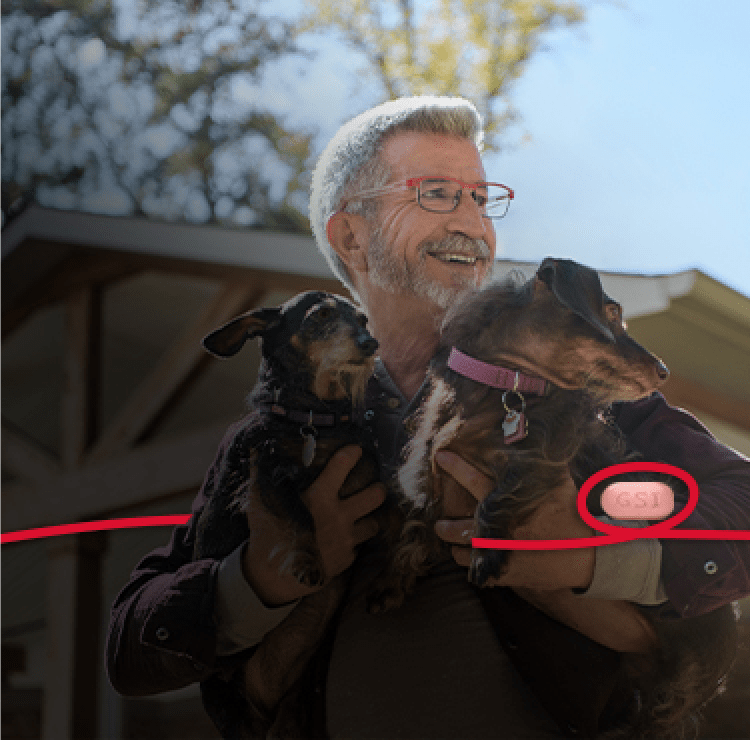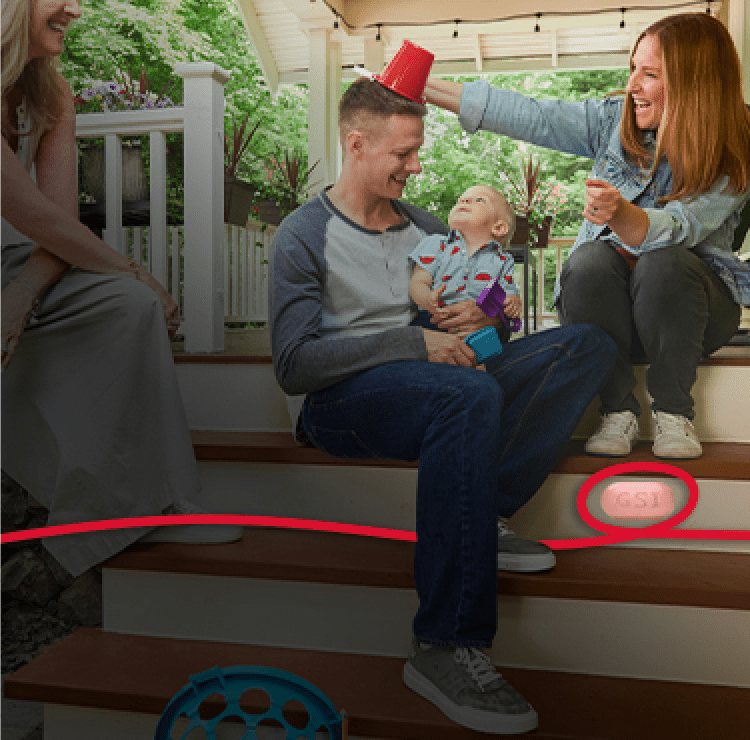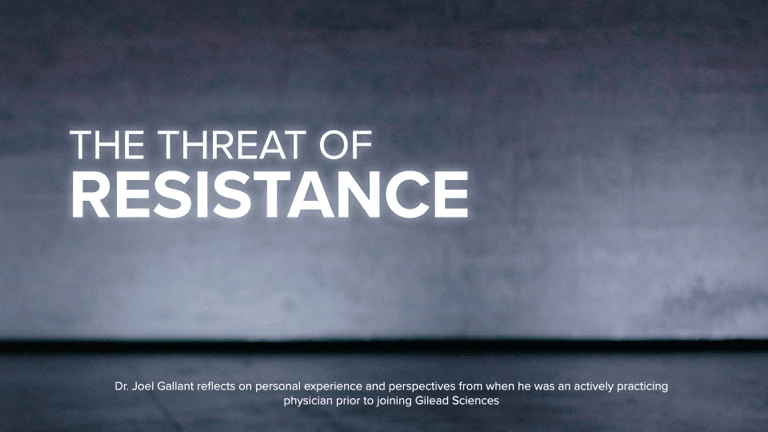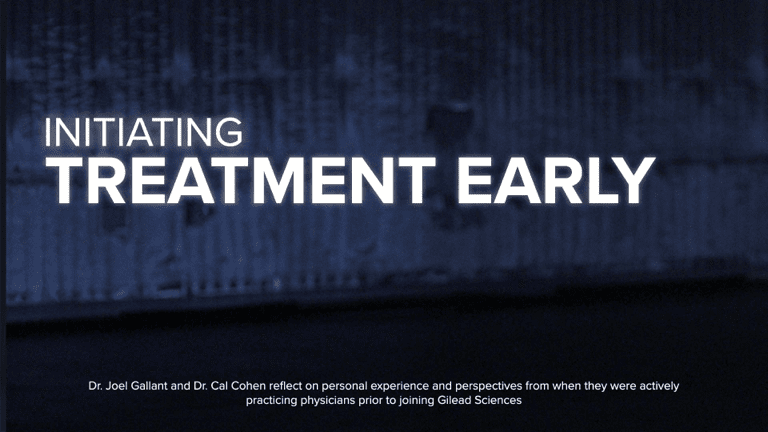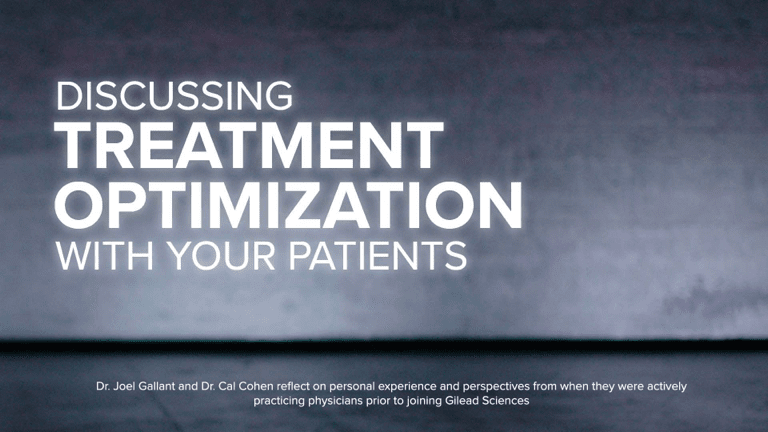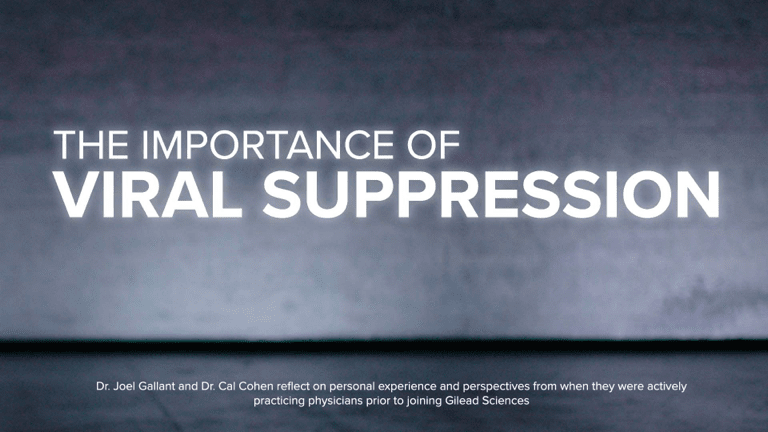Resistance Data Across 9 Clinical Trials
Explore the BIKTARVY resistance overviewLong-Term Treatment-Naïve Efficacy Data
Discover BIKTARVY 5-year efficacy data5-Year Long-Term Safety and Tolerability Profile
Explore BIKTARVY safety dataLearn About These Special Populations
People With HIV Aged 50 and Older
Explore BIKTARVY clinical trial dataStudy 4030: Virologically Suppressed Adults, Including Those With Known or Suspected Preexisting M184V/I Resistance Mutation
Explore the dataStudy 5310: Virologically Suppressed Adult Women Who Are Pregnant
View the Prescribing Information to learn more about this population6 YEARS AS THE #1 PRESCRIBED REGIMEN FOR PEOPLE STARTING AND SWITCHING HIV-1 TREATMENT
Fueled by the power of bictegravir1
SOURCE: IQVIA LAAD, July 2018 through July 2024*

Hear from key opinion leaders, Joel E. Gallant, MD, MPH, and Calvin J. Cohen, MD, MSc, as they discuss the events that shaped the way providers approach HIV treatment. Dr. Cohen is an employee of Gilead. Dr. Gallant is a former employee of Gilead.
See Dr. Joel Gallant and Dr. Calvin Cohen discuss more HIV topics:
*This information is an estimate derived from the use of information under license from the following IQVIA information service: IQVIA LAAD, for the period of July 2018 through July 2024. IQVIA expressly reserves all rights, including rights of copying, distribution, and republication.
Reference: 1. Data on file. Gilead Sciences, Inc.
